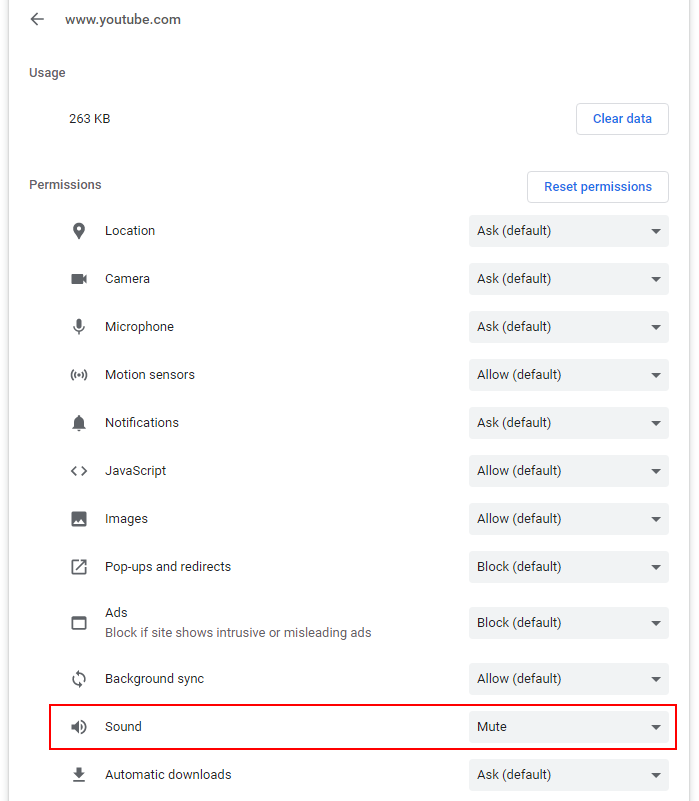In Chromium browsers such as Chrome and Edge there are various settings that allow you to control the browser’s behaviour on a per-website basis. For example, you can mute sound on a website:

In the current version of Chrome there are 31 site settings that can be directly controlled. These settings are stored in the
Preferences file which is a JSON file typically found in the following location on a Windows machine:
Chrome:
C:\Users\<username>\AppData\Local\Google\Chrome\User Data\Default\Preferences
Edge:
C:\Users\<username>\AppData\Local\Microsoft\Edge\User Data\Default\Preferences
If we open the Preferences file using the JSON Viewer within
Browser History Examiner (BHE) we can find all of these settings in the following location:
profile > content_settings > exceptions
Descriptions of many of these settings can be found in the Chromium source code:
In the Preferences file we found 82 settings under the exceptions node. Here is the example of our muted website in the Preferences file:
Each setting stores a URL and a Last Modified timestamp. Our testing has shown that URLs can be found in these settings that are no longer in the standard web history, so this can be a useful place to look for additional evidence of the websites a user may have interacted with. Our testing revealed the same Last Modified timestamp for multiple websites, so this timestamp may refer to when the browser updates the Preferences file rather than the exact moment the setting was last updated.
Some settings also store additional data that is useful, for example the media_engagement setting also stores the number of visits to a particular website.
To more easily access this data we’ve updated BHE to include a new Site Settings artifact which automatically parses this data from the Preferences file. All settings found under the exceptions node are parsed and displayed in BHE.
Each setting can also be displayed in a tree view below to allow any additional data to be accessed.
To try this out for yourself please upgrade to the latest version of Browser History Examiner, or visit our
Downloads page for a free trial.